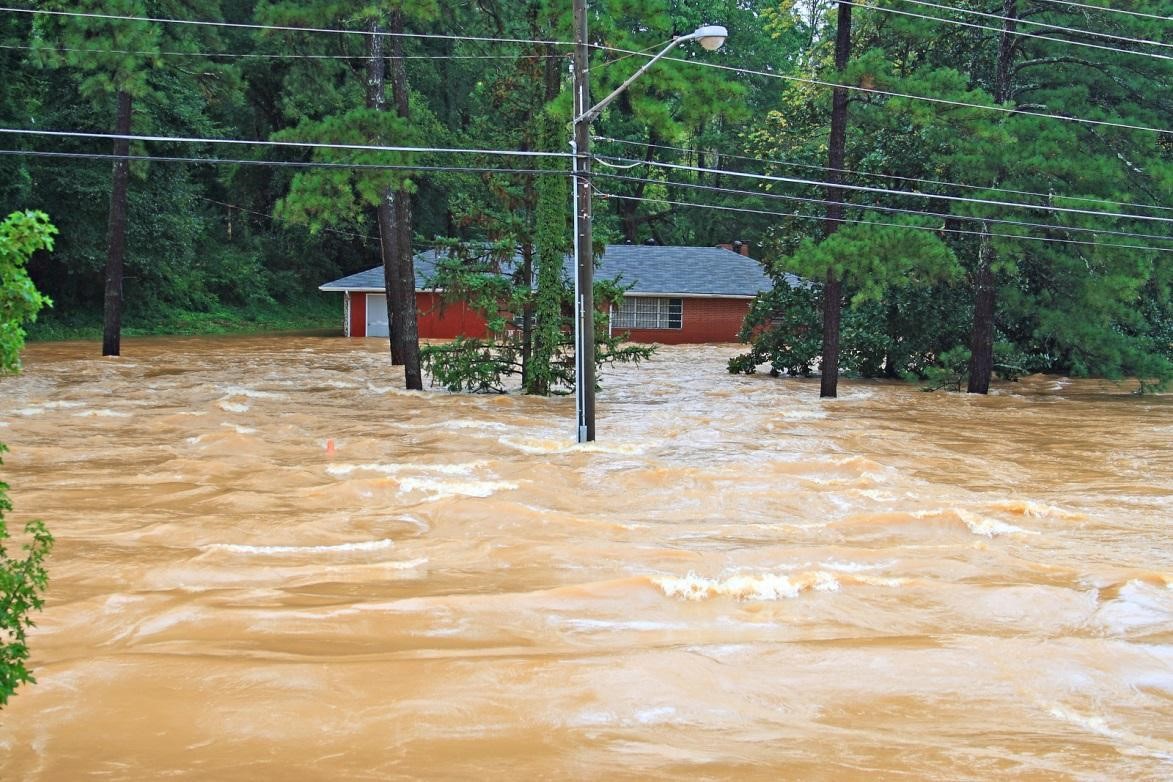A November 1, 2014 article from The Guardian reported on a strong storm that hit California. Heavy rain ensued and brought much-needed relief to the drought-stricken state. Unfortunately, the rains also caused mudslides in Los Angeles. State officials, however, were able to safely evacuate those residing in danger areas.
While many chose to look at the bright side and greeted the rain with open arms, experts warned people that flood runoff can be dangerous. Running water can be easily contaminated, because flood run off contains bacteria, chemicals, and other contaminants that make the water dangerous for public consumption.
For the most part, flood runoff is disposed via city storm drains. From there, the water is treated and purified at a water treatment facility. Unfortunately, not all storm drains can do this. In some cases, drains will lead to a local lake or stream. At other times, the polluted water finds its way to underground water sources. Both scenarios pose an environmental threat, especially if a lake or stream is used as a community’s water supply.
To prevent such scenarios from happening, efficient stormwater systems with progressive pollutant removal technology are necessary. These large underground systems are specially designed to transport flood water quickly and safely. Moreover, the system is engineered to prevent harmful chemicals and pollutants from seeping to the ground and contaminating nearby bodies of water.
A number of robust storm water systems, like StormChamber by Hydrologic Solutions, can be outfitted with sediment filters. These filters are able to strain out contaminants and significantly reduce the environmental impact that flood water brings when it reaches a body of water. These filters can also be attached to storm water systems that lead to water treatment facilities. Naturally, the early filtration makes it easier for these facilities to purify water for public consumption, which can lead to reduced utility costs for both the local government and the people living in the area.
Only 3 percent of the water available on Earth is freshwater. This figure decreases even further when freshwater that forms glaciers and ice caps is removed from the equation. With that in mind, it is important for the concerned public at large to take the necessary measures to ensure that the freshwater supply they have continues to stay safe for consumption.
(Source: California storm prompts mudslide fears but provides drought respite; The Guardian)






